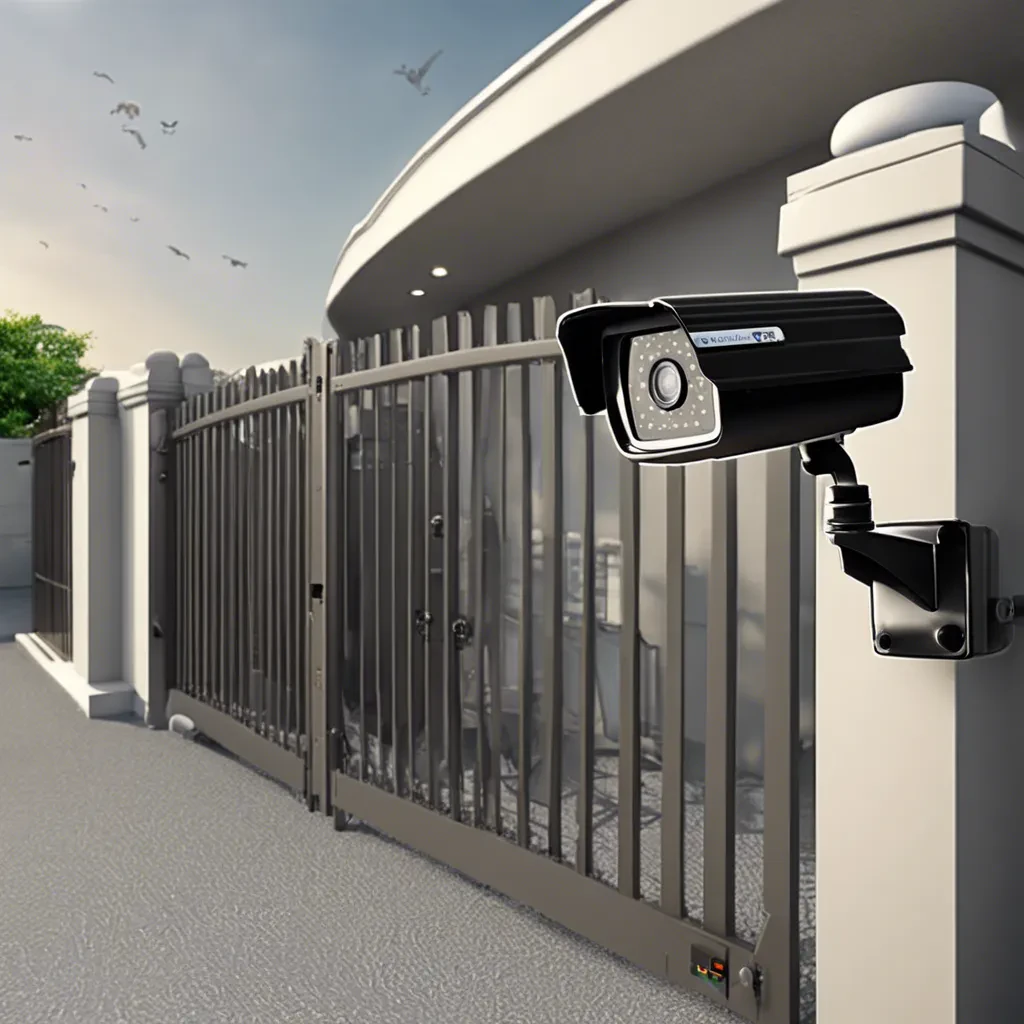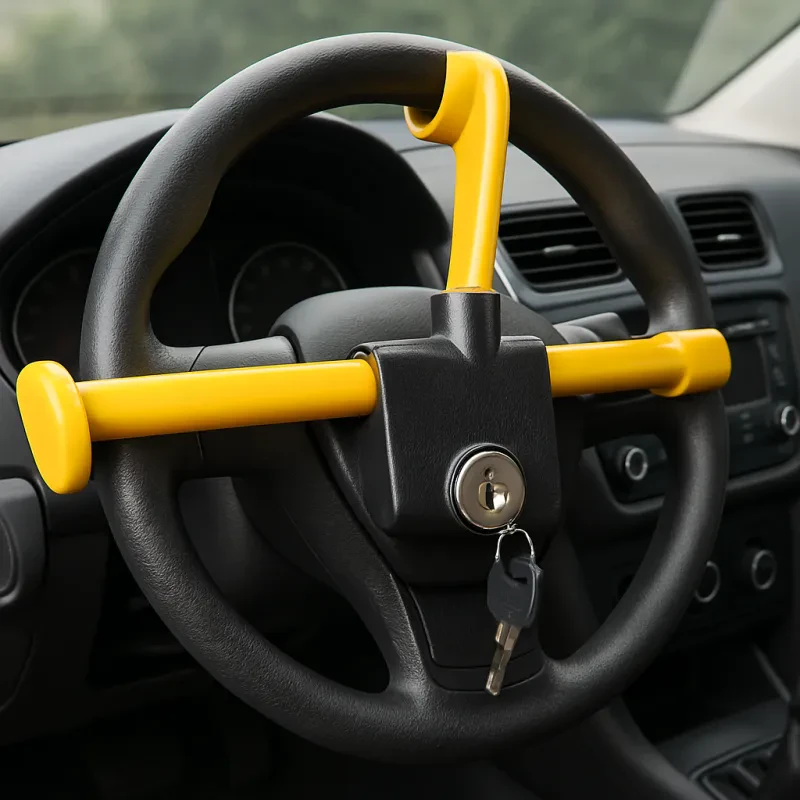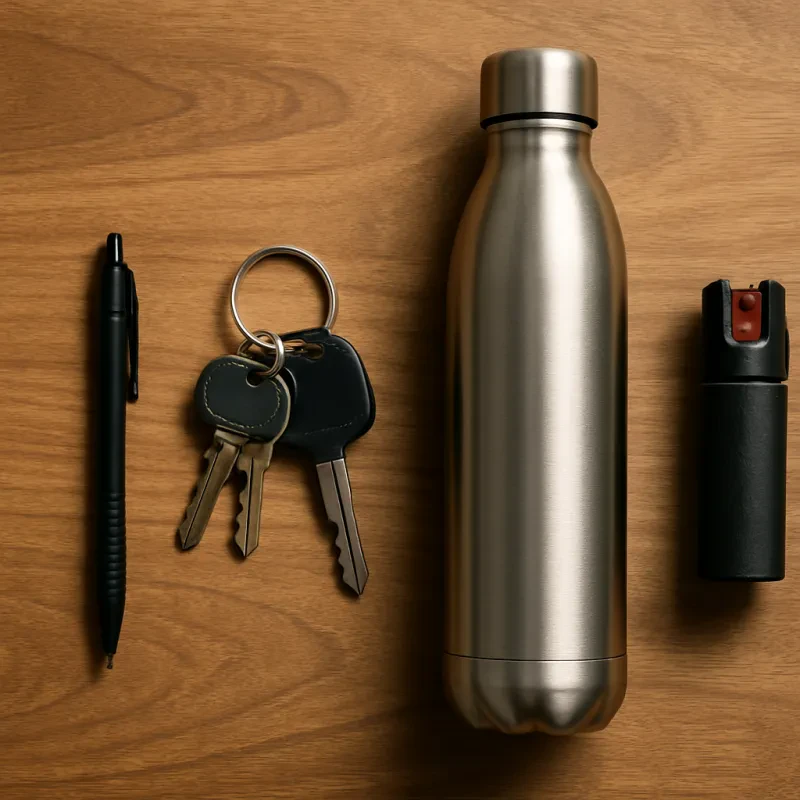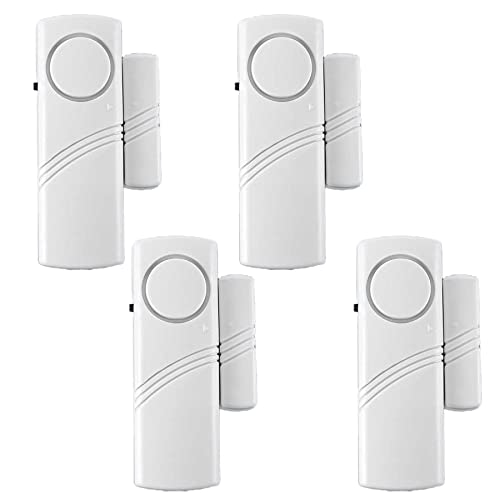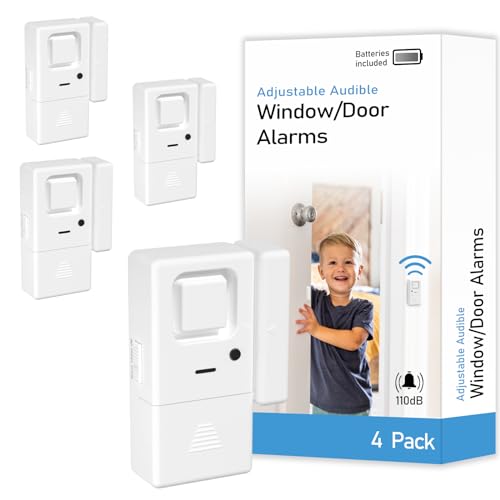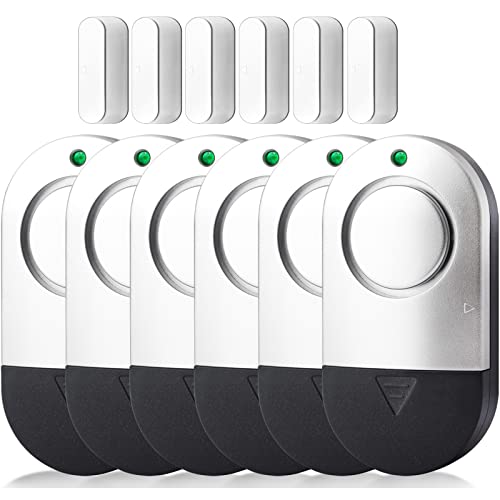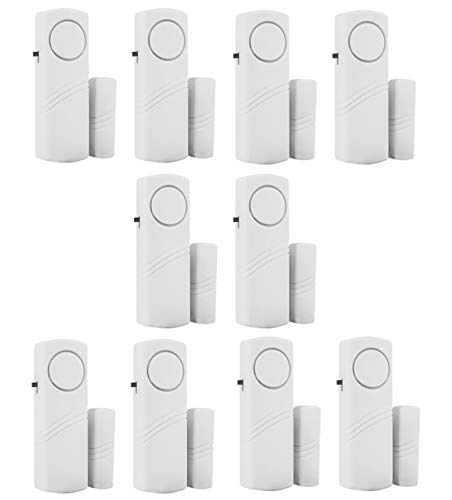Understanding Your Security Needs
When selecting a home security and surveillance system, a crucial first step is to thoroughly understand your specific security needs. This involves evaluating various factors that directly influence the level of protection required for your home. The size and layout of your property play a significant role in determining the type and number of security devices needed. Larger homes with multiple entry points may require a more comprehensive system, including multiple cameras, motion detectors, and alarm sensors, whereas smaller homes might be adequately secured with a simpler setup.
Another critical factor to consider is the crime rate in your neighborhood. Researching local crime statistics can provide valuable insights into the types of security threats prevalent in your area. For instance, if burglaries are common, investing in robust door and window sensors, as well as high-definition cameras with night vision, should be prioritized. Conversely, if vandalism is a concern, external cameras and motion-activated lights might be more effective.
Personal safety concerns also vary significantly between families and individuals. Households with young children or elderly family members may require additional safety features, such as indoor cameras for monitoring and emergency response systems. Similarly, homes with high-value possessions, such as jewelry or electronics, might benefit from enhanced security measures like safes, glass break sensors, and advanced alarm systems.
Conducting a thorough home security assessment is essential to identify potential vulnerabilities. Begin by examining the exterior of your home to pinpoint weak spots such as poorly lit areas, unsecured doors, and windows. Inside, consider all access points and how easily they could be breached. It’s also helpful to think about potential threats specific to your lifestyle and daily routines, such as frequent travel or extended periods when the home is unoccupied.
By meticulously evaluating these factors, you can tailor a home security and surveillance system that aligns with your unique needs, providing optimal protection and peace of mind for you and your family.
Types of Home Security Systems
When it comes to securing your home, understanding the different types of home security systems is crucial. Home security systems can be broadly categorized into monitored and unmonitored systems, wired and wireless setups, as well as DIY versus professionally installed systems. Each type has unique features, advantages, and potential drawbacks.
Monitored systems are connected to a professional monitoring service that keeps an eye on your home 24/7. In the event of a security breach, the monitoring center is alerted and can notify the authorities if necessary. This type of system offers peace of mind but often comes with a monthly fee. On the other hand, unmonitored systems rely on you or your neighbors to respond to alarms. While cost-effective, they require a higher level of personal involvement and vigilance.
Regarding installation, wired systems are hardwired into your home’s electrical network, offering a reliable and stable connection. However, they can be more challenging and expensive to install, often requiring professional assistance. Wireless systems, meanwhile, utilize Wi-Fi or cellular signals to connect components. They are generally easier and quicker to install, making them a popular choice for DIY enthusiasts.
DIY systems allow homeowners to set up their security devices without professional help. They are usually more affordable and can be customized to fit specific needs. However, they may lack the advanced features and support offered by professionally installed systems. Professionally installed systems generally ensure a higher level of expertise and integration, but they come at a higher cost.
Popular brands in the security industry include Ring, ADT, and SimpliSafe. These brands offer a range of technologies such as smart home integrations, video doorbells, and motion detectors. Smart home integrations enable seamless control through devices like Amazon Alexa or Google Assistant, while video doorbells provide real-time video feeds and two-way communication. Motion detectors enhance security by triggering alarms when activity is detected in specified areas.
In summary, choosing the right home security system involves balancing cost, ease of installation, and reliability. Evaluating the pros and cons of each type can help you make an informed decision that meets your specific security needs.
Key Features to Look For
When selecting a home security system, it is vital to consider a range of essential features that can significantly enhance your safety and peace of mind. Camera quality is one of the primary factors to evaluate. High-resolution cameras ensure clear footage, allowing for better identification of intruders. Night vision capabilities are equally important, as they enable continuous surveillance even in low-light conditions. Additionally, consider the camera’s field of view; a wider angle can cover more area, reducing blind spots around your property.
Alarm system capabilities are another critical aspect. Audible alarms can deter intruders immediately, while silent alerts can notify you and law enforcement without tipping off the intruder. Emergency contacts are essential for ensuring that help is dispatched swiftly in case of a security breach. Real-time monitoring is a feature that adds an extra layer of security; it allows you to keep an eye on your property at all times through professional monitoring services or self-monitoring via mobile app access.
Mobile app access has become increasingly important in modern home security systems. These apps provide real-time notifications and allow you to control various system features remotely. Whether you’re at work or on vacation, you can monitor your home, arm or disarm the system, and receive alerts directly on your smartphone.
Additional features like environmental sensors can offer comprehensive protection beyond just security. Smoke and CO2 detectors can alert you to potential fire hazards or carbon monoxide leaks, while water leak detection can prevent extensive damage from plumbing issues. These sensors not only enhance safety but also contribute to the overall convenience of managing your home environment.
Finally, consider the compatibility of the security system with other smart home devices. Integrating your security system with smart locks, lights, and thermostats can create a seamless and interconnected home automation experience. For instance, you can set up routines where the lights turn on automatically when motion is detected, adding an extra layer of deterrence against potential intruders.
By carefully evaluating these features, you can choose a home security and surveillance system that not only enhances your safety but also fits seamlessly into your lifestyle.
Making the Final Decision
When it comes to making the final decision on a home security and surveillance system, several critical factors come into play. First and foremost, your budget will significantly influence your choice. While it is tempting to go for the most advanced system available, it is essential to balance cost and functionality. Consider not just the initial purchase price but also ongoing expenses such as subscription fees for monitoring services. These recurring costs can add up over time, so ensure they fit comfortably within your financial plan.
Equally important is the reputation of the service provider. A well-established company with a track record of reliability and excellent customer service should be high on your list. Take the time to read customer reviews and seek recommendations from trusted sources. Reviews can provide invaluable insights into the real-world performance of the system and the company’s responsiveness to issues. Trusted recommendations from friends, family, or neighbors who have firsthand experience with the system can help guide your decision.
Once you have selected a system, it is crucial to test it thoroughly after installation. Ensure all components, such as cameras, sensors, and alarms, are functioning correctly. Conduct mock scenarios to see how the system responds and confirm that you are receiving timely alerts. Familiarize yourself with the system’s interface and mobile app, if applicable, to ensure you can navigate them with ease. This testing phase is vital to identify any potential issues and address them promptly.
Ultimately, the peace of mind that comes with knowing your home and loved ones are protected is invaluable. A well-chosen home security and surveillance system not only deters potential intruders but also provides a sense of security that allows you to focus on what truly matters. By carefully considering your budget, evaluating service providers, and thoroughly testing your system, you can make a well-informed decision that enhances the safety and tranquility of your home.
